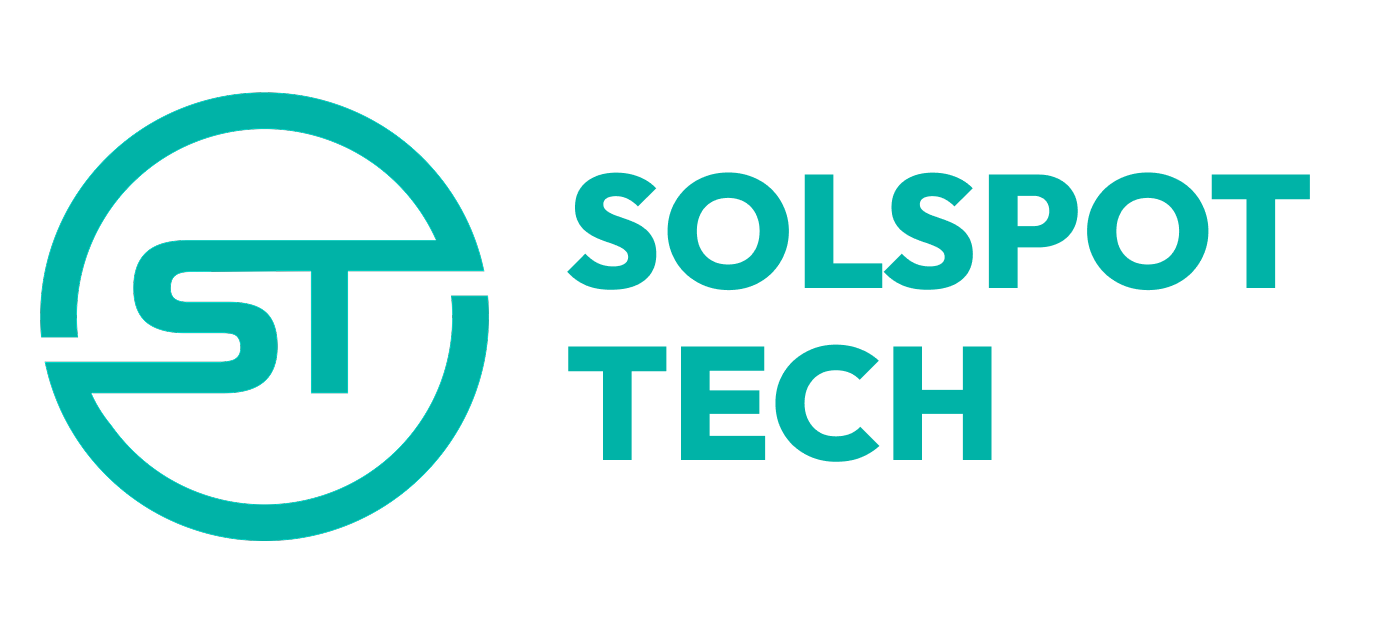1. Introduction to Egg Production: An Essential Biological Process
Egg production in hens is a complex yet fascinating biological process that has sustained human nutrition and agriculture for thousands of years. Understanding how hens produce eggs not only enriches our knowledge of avian biology but also highlights the importance of poultry farming in global food security. As the world’s population continues to grow, efficient egg production becomes critical in ensuring a stable supply of affordable, nutritious protein sources.
Significance in Agriculture and Nutrition
How Understanding Egg Production Benefits Food Security and Health
2. The Biological Science Behind Egg Formation
a. The Anatomy of a Hen’s Reproductive System
A hen’s reproductive system primarily consists of the ovary and oviduct. The ovary contains thousands of oocytes, or egg cells, which develop over time. The oviduct is a long, coiled tube where the egg forms through a series of well-coordinated stages, from fertilization (if mating occurs) to shell deposition. The infundibulum captures the ovulated oocyte, initiating the process of egg development.
b. The Hormonal Regulation of Egg Development
Hormones such as luteinizing hormone (LH) and follicle-stimulating hormone (FSH) regulate the maturation and release of eggs. Estrogen and progesterone influence the development of the oviduct lining and shell formation. These hormonal signals orchestrate the timing and efficiency of egg production, which can be affected by environmental cues like light and temperature.
c. Stages of Egg Formation from Ovulation to Shell Formation
The process begins with ovulation, where a mature ovum is released into the oviduct. The egg then passes through several stages: the formation of the egg white (albumen) in the magnum, the shell membrane in the isthmus, and finally, calcium carbonate deposition in the shell in the shell gland (uterus). This entire cycle takes approximately 24 to 26 hours, culminating in the egg being laid.
3. Factors Influencing Egg Production
a. Genetic and Environmental Factors
Genetics play a vital role in laying capacity; certain breeds have been selectively bred for higher egg yields. Environmental factors such as temperature, humidity, and exposure to light significantly influence production. For example, hens require around 14-16 hours of light daily to maximize egg laying; inadequate lighting can lead to reduced output.
b. Impact of Diet, Lighting, and Hen Health
A balanced diet rich in proteins, calcium, and essential vitamins is crucial for optimal egg production. Proper lighting schedules stimulate hormonal responses, while overall hen health—including disease prevention and stress management—directly impacts laying consistency.
c. Modern Technological Interventions in Optimizing Yield
Technologies such as automated feeders, climate control systems, and precision lighting are transforming poultry farms. Data analytics and monitoring tools enable farmers to optimize conditions, ensuring healthier hens and higher productivity. These advancements exemplify how integrating science and technology enhances traditional farming practices.
4. Surprising Links Between Egg Production and Broader Fields
a. How Digital Technology Influences Poultry Farming
Digital innovations such as farm management software, IoT sensors, and data analytics platforms help track hen health, feed efficiency, and environmental conditions. These tools improve decision-making and increase yields, illustrating a direct connection between digital technology and agricultural productivity.
b. The Role of Cybersecurity (e.g., SSL Certificates) in Protecting Agricultural Data
As farms become more reliant on digital systems, cybersecurity becomes essential. Protecting sensitive farm data—from production metrics to supply chain logistics—prevents cyber threats that could disrupt food production. Secure digital infrastructure ensures the integrity and reliability of modern poultry operations.
c. The Connection Between Website Compatibility (HTML5 Support) and Consumer Access to Egg-Related Information
Consumer trust and accessibility depend heavily on digital platforms. Websites with HTML5 support facilitate seamless access to product information, nutritional data, and farm practices. This transparency influences consumer choices and industry standards, demonstrating how web technology supports food safety and education.
5. Modern Innovations in Egg Production: The Role of Technology
a. Automation and Smart Farming Practices
Automated systems for feeding, watering, and cleaning reduce labor costs and improve consistency. Smart sensors monitor environmental parameters in real-time, allowing precise adjustments that optimize hen welfare and productivity.
b. The Influence of Video Game Mechanics—Using «Chicken Road 2» as a Contemporary Example of Integrating Game Design into Educational Tools
Innovative educational tools like last step—Chicken Road 2.0 demonstrate how game mechanics can simplify complex biological and technological concepts. By engaging learners through interactive gameplay, these tools enhance understanding of processes such as egg formation, farm management, and biosecurity protocols. This approach exemplifies how gamification bridges science and entertainment, making education more effective and appealing.
c. Data-Driven Decision Making in Poultry Farms
The collection and analysis of data enable farmers to predict production trends, detect health issues early, and optimize resource allocation. Machine learning algorithms analyze variables like feed intake, temperature, and hen behavior, facilitating informed decisions that improve yield and sustainability.
6. Ethical and Environmental Considerations in Egg Production
a. Animal Welfare Concerns and Sustainable Practices
Ensuring hen welfare involves providing spacious living conditions, natural light, and access to outdoors. Sustainable practices like cage-free systems and organic feed reduce environmental impact and promote ethical standards, aligning industry practices with societal expectations.
b. The Impact of Production Methods on Ecological Footprints
Innovations such as renewable energy use, waste recycling, and water conservation decrease the ecological footprint of poultry farms. These efforts are essential in mitigating climate change while maintaining high productivity levels.
c. How Public Awareness Influences Industry Standards
Consumer demand for ethically produced eggs encourages industry shifts toward more humane and sustainable methods. Transparency through digital platforms further educates the public, fostering accountability and continuous improvement.
7. The Unexpected Links: Connecting Egg Production to Broader Technological and Societal Trends
a. Cross-Industry Influences: From Gaming (Mario Kart Crossing Mechanics) to Data Security in Agriculture
Just as game mechanics like crossing tracks in Mario Kart create engaging experiences, integrating mechanics into educational tools like last step—Chicken Road 2.0 enhances learning about complex systems. Similarly, data security protocols borrowed from the tech industry protect sensitive agricultural information, illustrating the transfer of innovations across sectors.
b. The Importance of Digital Infrastructure in Modern Food Supply Chains
Efficient, secure digital infrastructure ensures traceability, quality assurance, and rapid response to disruptions. From farm management to retail, robust digital systems uphold the integrity of food supply chains, emphasizing technology’s role in food security.
c. Future Prospects: Blending Biology, Technology, and Societal Needs
Emerging trends include genetic improvements, AI-driven farm management, and sustainable practices driven by societal values. These multidisciplinary approaches will shape the future of egg production, ensuring it meets both nutritional demands and ethical standards.
8. Deep Dive: The Science of Egg Quality and Safety
a. Factors Affecting Egg Shell Strength and Internal Quality
Calcium intake, hen age, and health status influence shell robustness. Environmental stressors can lead to cracks or deformities. Technological tools like digital calcium monitoring help maintain optimal mineral levels, ensuring consumer safety and reducing waste.
b. Food Safety Protocols and Technological Safeguards
Traceability systems, digital tracking, and secure data exchanges via SSL certificates ensure that eggs meet safety standards. These safeguards allow rapid identification of contamination sources, protecting public health.
c. The Role of Standards and Regulations in Ensuring Consumer Trust
International and national standards, such as ISO certifications and local regulations, establish quality benchmarks. Transparency and adherence to these standards foster consumer confidence and industry credibility.
9. The Educational Value of Simulating Egg Production Processes
a. Interactive Models and Simulations for Learning—Integrating «Chicken Road 2»
Simulations like last step—Chicken Road 2.0 serve as effective educational tools. They allow students to visualize processes such as egg formation, farm management, and biosecurity, making complex topics accessible and engaging.
b. How Gamification Enhances Understanding of Complex Biological and Technological Systems
Gamified learning encourages experimentation, problem-solving, and retention. By mimicking real-world farm systems, these tools foster deeper comprehension and inspire future innovations in agriculture.
c. Designing Educational Tools that Bridge Science and Entertainment
Combining scientific accuracy with interactive gameplay enhances both engagement and understanding. Such approaches are vital for training future farmers, scientists, and consumers to appreciate the interconnectedness of biology and technology.
10. Conclusion: Integrating Biological Science, Technology, and Society in Egg Production
The journey through egg production reveals a remarkable web of scientific principles, technological innovations, and societal influences. From the intricate biology of hens to the digital tools that optimize farms, each element contributes to a resilient and sustainable food system.
“Modern egg production exemplifies how multidisciplinary approaches—combining biology, technology, and societal values—are essential for future food security and ethical standards.”
As we look ahead, fostering collaboration across fields will be crucial. Education, innovation, and responsible practices must go hand in hand to meet the challenges and opportunities of feeding a growing world population. Digital platforms and interactive tools, like last step—Chicken Road 2.0, serve as modern illustrations of these timeless principles, bridging science and society for a better future.

